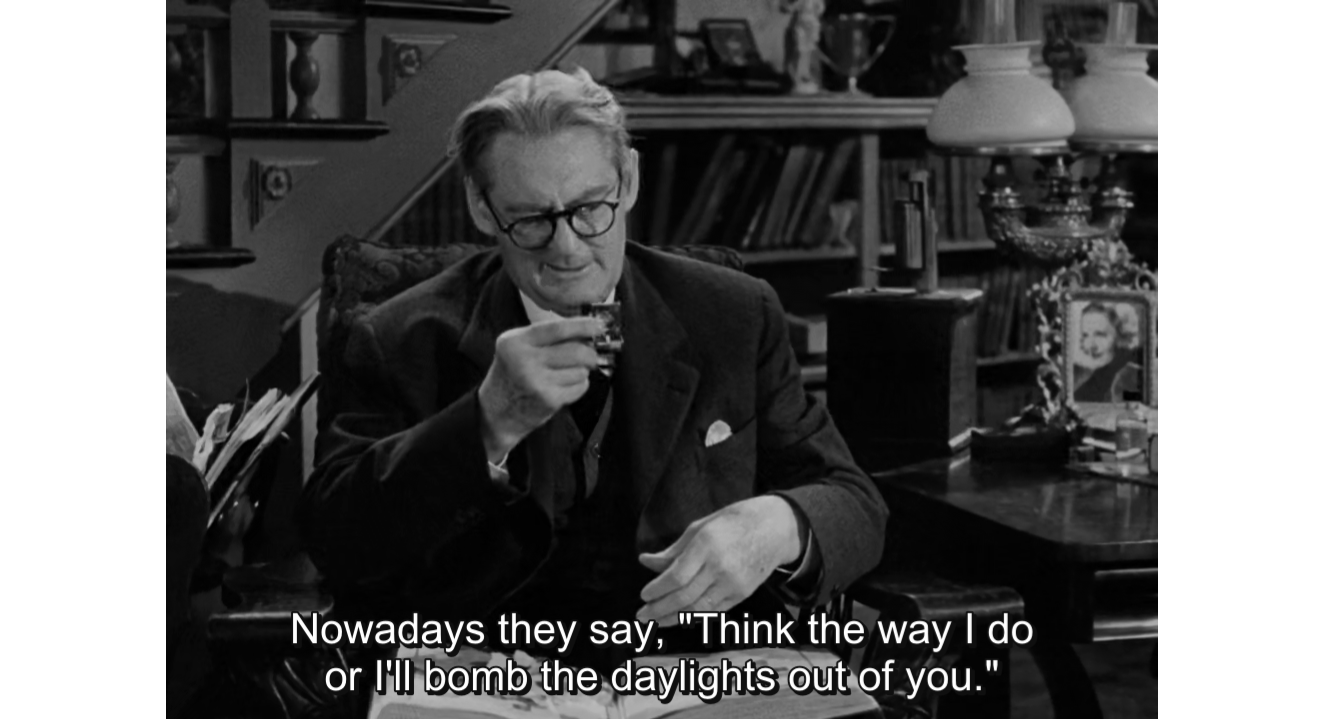.jpg)
Redemption of a Decade in Philippine Cinema
by Francis Joseph A. Cruz
We are a sentimental people. We thrive in captured memories: photographs of ourselves backdropped by famous locations in lands we’ve visited, memorabilia from baptisms, weddings, and anniversaries, essential souvenirs from personally important events in our lives. We are constantly nagged by a fear that lest we have tangible representation of points of reminiscence, we tend to forget. And we do forget.
Our country’s history is haunted constantly by recurring themes of failures, followed by great victories, followed by forgetting, followed by failures, and so on. We establish monuments, statues, and shrines. We name schools, streets and bridges by events or people that would supposedly inspire us to remember.
We are a nation of forgetful people who constantly scrounge for objects to remember. That is our fault. That is also our virtue.
Perhaps the biggest representation of this irony is our cinema. We are proud of it, sure. We rejoice when a Filipino film wins awards overseas. Unfortunately, jubilation is fleeting, if not totally hypocritical. We only recognize our cinema when it receives foreign accolades. Without them and quite horrifically, with them sometimes, our cinema is treated like junk – both symbolically and literally – thrown in un-airconditioned basements and warehouses to burn or rot.
We remember the greats – the films of Brocka, Bernal, the two De Leons, and Conde – yet we are completely unaware that almost all of their films are inexistent in their original formats, most of their films are available in substandard digital copies, and some of their films are completely lost.
What we have left are descriptions, perhaps two or three paragraphs at most, to have us remember these films which we absolutely have no memories of.
Inasmuch as preserving films are important, the act of chronicling films, whether analytically or journalistically, is essential in recreating memories out of nothing, caused by the failure of a people that views cinema as a disposable thing of the present instead of a cultural stronghold.
It is for this reason that Dr. Nicanor Tiongson should be commended for coming up with The Urian Anthology 1990-1999, a handsome yet heavyset tome containing memories – mostly good with sprinklings of some bad – of a contestable decade in Philippine cinema.
It is an elegant book. Its cover, a sepia-hued collage of several scenes from films, mostly historical and involving national heroes portrayed by different actors and actresses, seduces the onlooker to reminisce the decade when glamorous historical epics apologized for the numerous titillating showcases and brash comedies that populated movie houses.
The decade, described by Tiongson as the “best of times, the worst of times,” saw Philippine commercial cinema at its lowest, where studios literally and figuratively prostituted itself and its talents to battle imports. Yet the decade also showed glimmers of excellence, where filmmakers and even studios experimented and, in turn, paved the way for the seeds of what was to come the next decade.
A quick skim through the pages reflects the differing facets that defined the decade. Stills from the numerous films adorn the margins of the book, detailing the highs and lows of cinema, where the same actors played national heroes and rapists, the same actresses portrayed dignified women and prostitutes.
The reviews, selected by Tiongson from the Manunuri’s own roster of critics ranging from the enlightening like Hammy Sotto to the populists like Butch Francisco, are important because most of them reflect the critical reaction during the time of the film’s release, approximating, at least to the current reader, how a film was over-appraised or under-appraised.
The various articles, academically rationalizing the pleasant and unpleasant movements and genres that emerged out of the dire economic circumstance of the industry, are springboards for discourse.
The interviews of the decade’s defining filmmakers are also interesting, especially those of filmmakers who continue to work today who might have sacrificed some of the artistry they preach about to survive the dehumanizing rigors of present-day commercial filmmaking.
For whatever its worth, for however critics and filmmakers acknowledge it now, the decade that Tiongson’s indispensible labor of love gives focus to, as exemplified by the collection of articles that seeks not to blindly honor but only to document the decade that passed, is an amalgam of colors, themes, moralities, and levels of artistry that Philippine cinema is evolving into.
Little by little, as a subtle thread of a narrative develops as Tiongson’s carefully conceived book closes to a finish with filmographies of the decade, we acknowledge that Philippine cinema lives – through the good times and the bad.
Personalities pass. Directors retire. Studios fold. Cinema continues, constantly reinventing itself, constantly changing. The Urian Anthology 1990-1991 is the suitable memoir for this nation of forgetful filmgoers to remember that cinema is of value and should be valued.
I just hope that we do not become content with articles and pictures, and start watching these films, and if they are unavailable because of reasons beyond our control, start clamoring the government for a film archive to save us from the dangers of forgetting.
(First published in Starweek Magazine, 24 October 2010)






































No comments:
Post a Comment